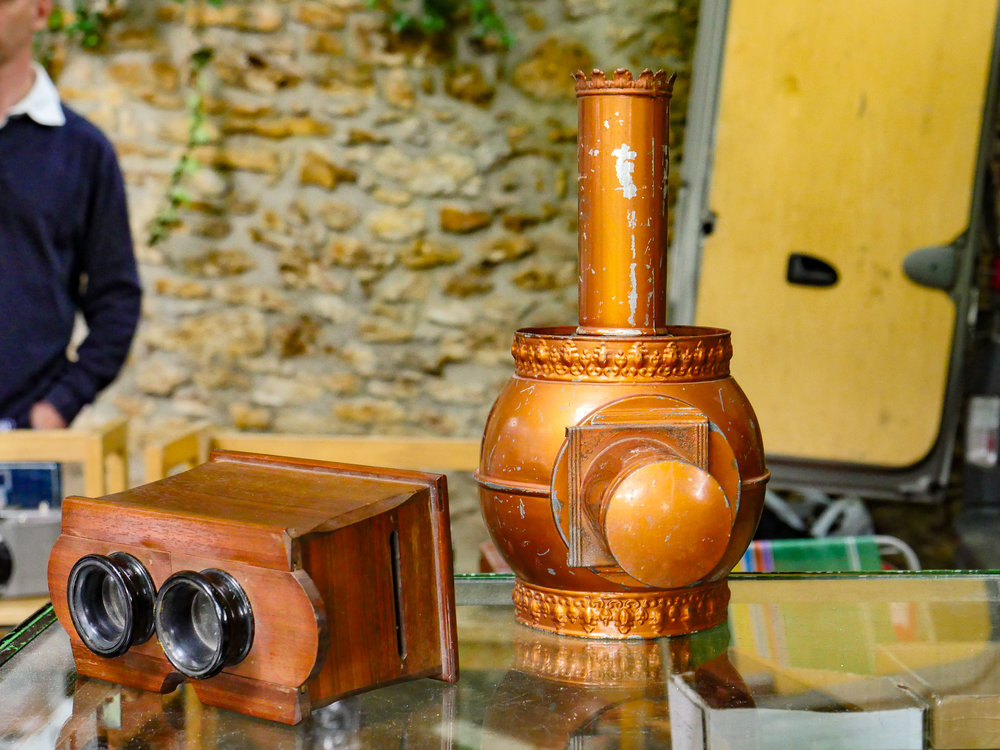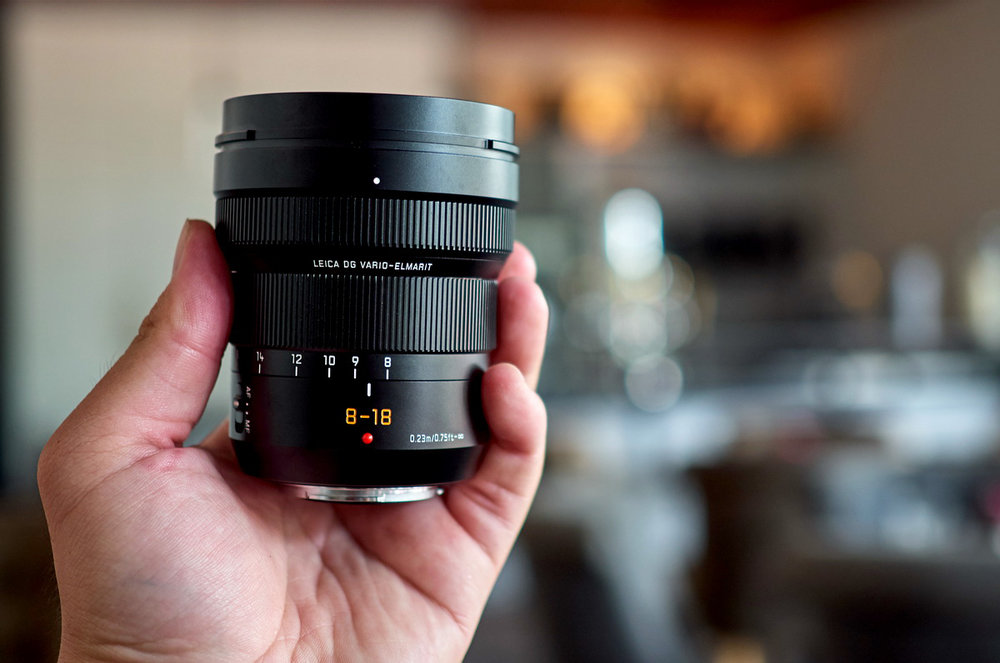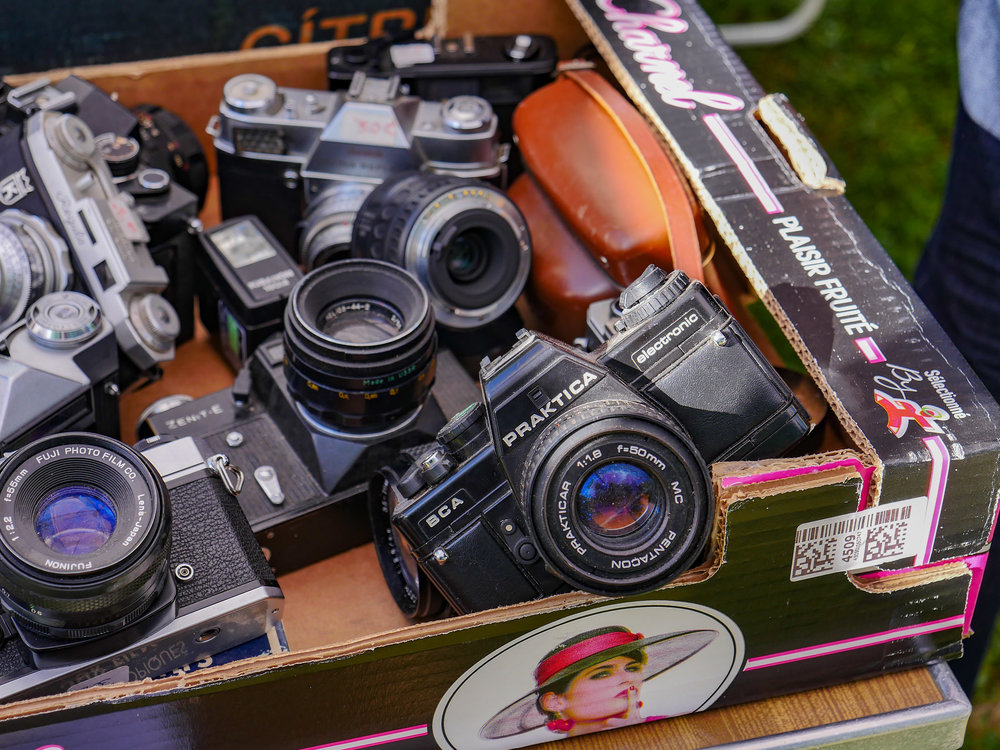Regular readers will know that I am a fan of Leica lenses. Not only do I love my manual M lenses, I am an admirer of the latest autofocus TL and SL system lenses. The styling, the quality and the performance of all these (admittedly rather expensive) products is enviable. I’ve also carried this theme through to my micro four-thirds system where I have tended to concetrate on the Leica-designed DG Panasonic range rather than the Olympus lenses.
The Pro Olympus lenses are as as good in my experience and many will prefer them. If I didn’t have the Leica bug, I would be very happy with a combination of the new Olympus OM-D EM-II and some of the Olympus Pro offerings. But I like the styling and handling of the Leica DG m4/3 lenses and have built up quite a collection. They maintain a common design philosophy with Leica’s own TL range. I also prefer the “standard” zoom range of the Leica DG, topping at 120mm, to the 80mm of the Olympus 12-40mm. Perhaps there’s something a bit tribal about it; I am just more inclined to Leica than to Olympus.

A few weeks ago I reviewed the 12-60mm f/2.8-4.0 Vario-Elmarit. It is one of the new range of zooms, all with the same variable aperture of 2.8-4.0. This flexibility allows for smaller lens bodies and presents fewer optical challenges when compared with designing and manufacturing fast fixed-aperture zooms. As an example, in the review of the 12-60mm zoom I demonstrated how it is exactly the same size as the 12-40mm Olympus Pro and, even, a feather or two lighter — yet by virtue of its more relaxed approach to maximum aperture it can provide a 24-120mm focal-length-range equivalent compared with the Olympus lens’s 24-80mm. I think it is a fair trade and I am really appreciating this new zoom.
The latest addition to the Leica DG range is the impressive wide-angle 8-18mm Vario-Elmarit ASPH which, rather amazingly, is no bigger than the Olympus 12-40 or the Panasonic Leica 12-60 and weighs only 315g. This is all the more remarkable when you compare it with the excellent Olympus 7-14mm f/2.8 Pro lens which weighs 534g. Now the Olympus is arguably the more focused wide-angle with its wider 7mm (14mm) and constant f/2.8 aperture. But the new Panasonic Leica is probably the more useful all-round tool.

I’m happy to forego the ultra-wide end in favour of the useful longer 36mm-equivalent which (particularly bearing in mind its compact dimensions) makes this a great lens for architecture and general travel photography while still providing a respectable 16mm-equivalent wide view. I’m also happy with the slower speed at longer focal lengths, as with Leica’s own SL and their Panasonic-manufacturer DG zooms. In terms of usability this wide-angle lens is very similar in concept to the 11-23mm Vario-Elmar-TL, although it has the advantage of being slightly faster than the TL’s f/3.5-4.5 range.
So far I haven’t had the chance to try out this new lens for myself. But I do know a man who has — Robin Wong, late of Olympus Malaysia who is now working full-time on the Ming Thein blog (no doubt freeing up Ming’s time for his new job at Hasselblad). Robin is a great micro four-thirds system enthusiast and, of course, his major focus up to now has been on Olympus cameras and the Olympus lenses. However, with his new wider remit at Ming’s, he has put the Leica DG 8-18mm through its paces and decided that he likes it at a lot — except perhaps for an annoying problem he experienced with flare on occasions.

Robin also prefers the longer 36mm-equivalent and feels that 8-18 works better for him than the alternative 7-14mm lenses. In this I thoroughly agree. I love the Leica 11-23mm TL — perhaps the best lens made for the TL system — and I could well imagine having this 8-18mm, with its identical range, as part of my micro four-thirds system.
The best thing about Robin’s review of this lens is the gallery of excellent photographs which is well worth viewing. You can find the full review here.
______________
